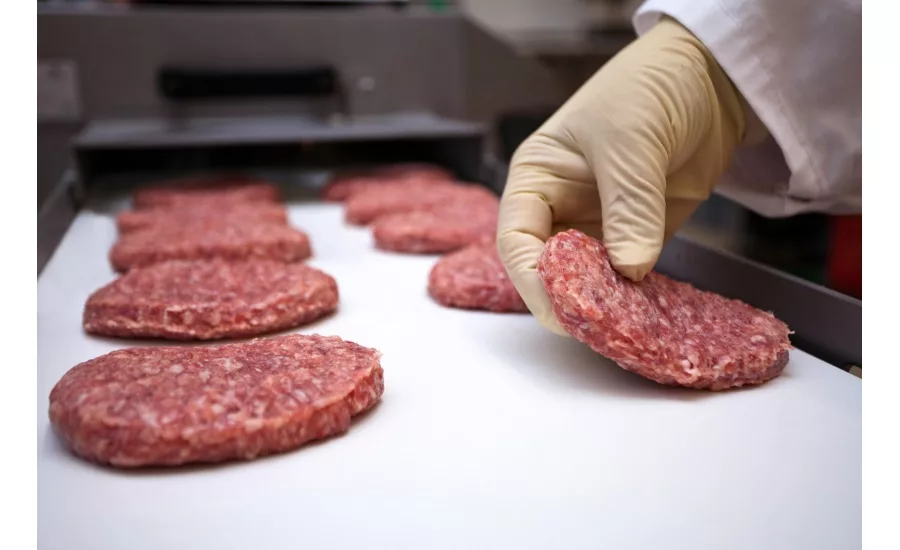Preventing food fraud and adulteration


Food fraud is not a new trend. In fact, there were laws written nearly 2,000 years ago in Rome against adulterating wine. Nearly 1,000 years later during the Middle Ages, there were laws that made it illegal to adulterate bread, milk, and spices. This historical context provides not only interesting background, but also demonstrates that after thousands of years, food fraud and adulteration can still be difficult to identify, control and eliminate.
To prevent food fraud and adulteration, we first need to understand what it is. Depending on who you ask and what organization they represent, food fraud is defined differently. The Food and Drug Administration (FDA) uses the term Economically Motivated Adulteration, which is food fraud that results in a food safety issue. Dr. John Spink, director and assistant professor, Food Fraud Initiative, Michigan State University, has stated food fraud is a “collective term used to encompass the deliberate and intentional substitution, addition, tampering, or misrepresentation of food, food ingredients, or food packaging; or false or misleading statements made about a product, for economic gain.” Professor Tony Hines, (retired) director of regulatory and crisis management at Leatherhead Food Research defined food fraud as a “dishonest act or omission, relating to the production or supply of food, which is intended for personal gain or to cause loss to another party.” In brief, food fraud is an intentional act to gain an economic advantage and involves misleading the consumer and or adulterating the food in some way.
Impacting all aspects of the food and beverage supply chain, food fraud is estimated to cost the industry between $30-40 billion per year, according to Michigan State University’s Food Fraud Initiative. When their supply chain contains fraudulent ingredients, manufacturers may see quality issues that can be hard to identify, while also suffering the loss of consumer confidence if an item is identified to be fraudulent. This then creates financial loses for the manufacturer and negatively impacts the brand’s public reputation. Consumers are affected by not receiving the quality product they purchased, or more severely, by incurring medical bills and loss of pay due to illness or injury because a food item was fraudulent and created a food safety issue.
There are numerous examples of food fraud that have occurred in recent years. Many will remember in 2007, when the FDA was notified of health issues being identified in dogs and cats after consuming certain pet foods, resulting in melamine being found in those foods. Melamine had been added to give the false impression of higher protein levels in wheat gluten, which enabled the ingredient supplier to change an inflated price for the adulterated product. Two Chinese nationals and their businesses, along with a U.S. company and its president were all indicted for this issue. In 2008, a similar incident occurred with infant formula in China. Melamine was added to dairy to falsely increase its value. This incident affected approximately 300,000 infants, 57,000 of whom were hospitalized, and six of whom perished.
Another example occurred in 2013, when the Food Safety Authority (FSAI) in Ireland tested various frozen ground beef hamburgers. Horse meat was identified in a third of the product tested, while 85 percent of all samples tested contained pork. It was determined that fraudsters were adding less expensive meat to ground beef and selling it as 100 percent beef. This is a great example of fraud that did not necessarily create a health issue, but likely impacted the reputation of the supplier and undermined consumer confidence.
A final example was in 2014, when cumin was identified as having peanut and almond residues in it. It is believed that higher than normal temperatures affected crops and reduced expected yields by 40- 50 percent from the previous year, with rising cumin prices and a potential shortage making fraud more attractive. Even adding a small amount of an adulterant could generate a profit of $350-450 per 10 tons of cumin, adding to the allure for fraudsters. This led to recalls initiated in several countries where cumin was used as an ingredient. In the U.S. alone, 40 manufacturers and around 700 different products were recalled because the adulterated cumin was found in their supply chains and products. This is also a great example of Economically Motivated Adulteration as defined by FDA because peanuts are considered an allergen and pose a food safety risk.
Food fraud is an intentional act, with an intent to gain economically and the individuals that participate are considered criminals. Understanding this could further support the case for identifying and preventing potential food fraud within your processes. To identify, control and eliminate it from occurring in your supply chain, you will need to think like a fraudster. The process should begin by conducting a robust vulnerability assessment of your ingredients, packaging, and even finished product. A vulnerability assessment should consider the many factors that could increase your supply chain or company's risk to food fraud. Factors could include the history of fraud of the ingredient, economic drivers, complexity of your supply chain, relationship with suppliers, and political instability.
Looking for quick answers on food safety topics?
Try Ask FSM, our new smart AI search tool.
Ask FSM →
When assessing the history of fraud of the ingredient, factor in the ingredient’s recent history of fraud, and or, severity of the fraudulent activity when it occurred. Using the example of melamine in China, the severity of that event would increase your rating when comparing it to the horse meat and pork identified in ground beef hamburgers. When assessing economic factors, consider the price of the ingredient, how important this ingredient is to your product, and sudden increases in market prices for that ingredient. Using cumin as an example, an assessment prior to the sharp increase in price versus after the reduction in crop yield may have alerted manufacturers to the increased risk of fraud involving this ingredient. When assessing the complexity of your supply chain, assess how many different facilities handle the ingredient before it arrives to your site. If there are many stops, that could increase the potential for fraud. When analyzing your relationship with current suppliers, assess how long you have been doing business together, how fast issues are resolved, and or customer complaints that lead back to supplier issues. When reviewing political instability, assess what is going on in the country or region from which that ingredient originates in or passes through before reaching your facility. Significant issues occurring in that area could lead to an increased risk of fraud.
Once significant risk factors are identified, a risk rating system will need to be created, such as a color coded (green, yellow, red) or numerical (1, 2, 3) rating system. Once a risk rating is established for each of your factors in relation to an ingredient, you then need to identify overall how you would risk rate that ingredient to determine your overall risk. If significant risk for fraud is identified, then you should implement controls to reduce that risk.
There are many potential controls that could be implemented to reduce the risk of fraud, with the ones you choose being focused on the significant risks you have identified. As an example, if you identify high risk in the complexity of your supply chain, your control could be to purchase that ingredient from a local source, which would reduce the potential for food fraud. Another option is to implement a more robust approved supplier program that reviews, in detail, how your supplier mitigates the risk of fraud before the ingredient is delivered to you.
Once your assessment is completed and controls are established, your program will need to be maintained by conducting a continuous analysis to determine whether any of these factors change. This may require a defined process or online database to assist and notify you when changes occur. Then when a new issue of identified fraud occurs in one of your ingredient supply chains, you will need to reanalyze that ingredient to determine if you now have an increased risk that may require controls.
Adulteration and food fraud have been an issue for thousands of years, with today’s global economic conditions and lengthy food and beverage supply chains likely incentivizing fraudsters for it to continue. Fortunately, by putting a plan in place that assesses, controls, and continuously evaluates your risk, you can effectively eliminate food fraud and adulteration from your supply chain.







